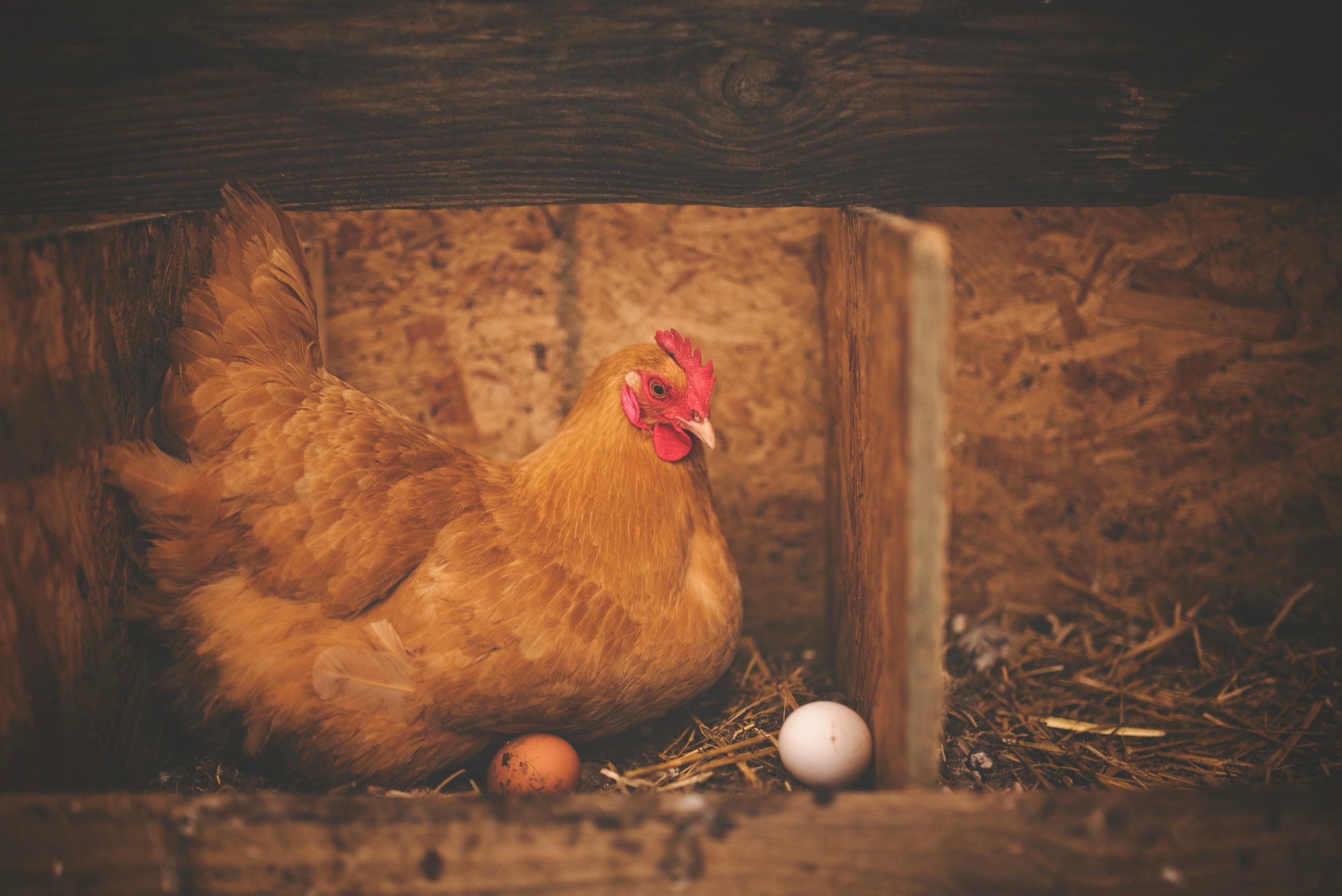Type 2 diabetes (T2D) is a complicated health problem that affects how your body uses sugar. It usually involves two main problems:
- Insufficient insulin production: The pancreas, an organ in your body, might not make enough insulin for your body’s needs. Inside the pancreas are small groups of cells called pancreatic islets. These islets contain beta cells that make insulin and alpha cells that make another hormone called glucagon. Insulin and glucagon work against each other to keep the sugar in your blood at a steady level.
- Insulin resistance: This is when your body’s cells don’t respond well to insulin, a hormone that helps sugar get into your cells for energy.
Glucagon is a hormone that does the opposite of insulin. It raises blood sugar levels by telling the liver to release stored sugar. Together, insulin and glucagon work like a balancing team to keep your blood sugar at a healthy level.
Scientists believe that T2D develops because of a mix of things you inherit from your parents plus the environment or lifestyle. These things together can lead to the development of T2D over time.
Think of insulin as a key that unlocks doors on your cells, allowing sugar to enter and be used for energy. When insulin resistance occurs, the locks become rusty, and the key doesn’t work as well, so sugar stays in your blood instead of being absorbed by the cells. You are more likely to develop insulin resistance as you get older, if it runs in your family, and with certain health conditions. Eating healthy foods and staying active can help prevent or reduce insulin resistance.
When your body becomes resistant to insulin, your pancreas has to work harder to make more of it. Over time, this extra work can wear out the cells that make insulin, so they start making less. As a result, your blood sugar levels will rise even more. Some people might inherit genes that make their pancreas cells weaker and more likely to get damaged, which can make managing your blood sugar levels more difficult.
High blood sugar, or hyperglycemia, is both a cause and a result of these problems. It can damage different parts of your body and mess up the balance of insulin and glucagon coming from your pancreas. Normally, insulin helps keep glucagon levels in check. But when insulin levels drop or don’t work well, glucagon levels can go up even when your blood sugar is already high. This tells your liver to make and release even more sugar into your blood, making the high blood sugar challenge worse.
It’s hard to say for sure whether insulin resistance makes the pancreas work too hard and get damaged, or if a problem with the pancreas itself causes insulin resistance. What we do know is that both insulin resistance and problems with the pancreas – including the balance between insulin and glucagon – play a role in Type 2 diabetes. While dietary change and activity are important for managing and preventing T2D in some individuals, it’s also important to remember that it can occur in anyone. Understanding all the different things that cause T2D will help doctors find better ways to treat and prevent it.
This article was developed in partnership with Diabetes Action Canada as part of the Canadian National Graduate Course in Islet Biology and Diabetes hosted by the University Toronto (BCH2140).
